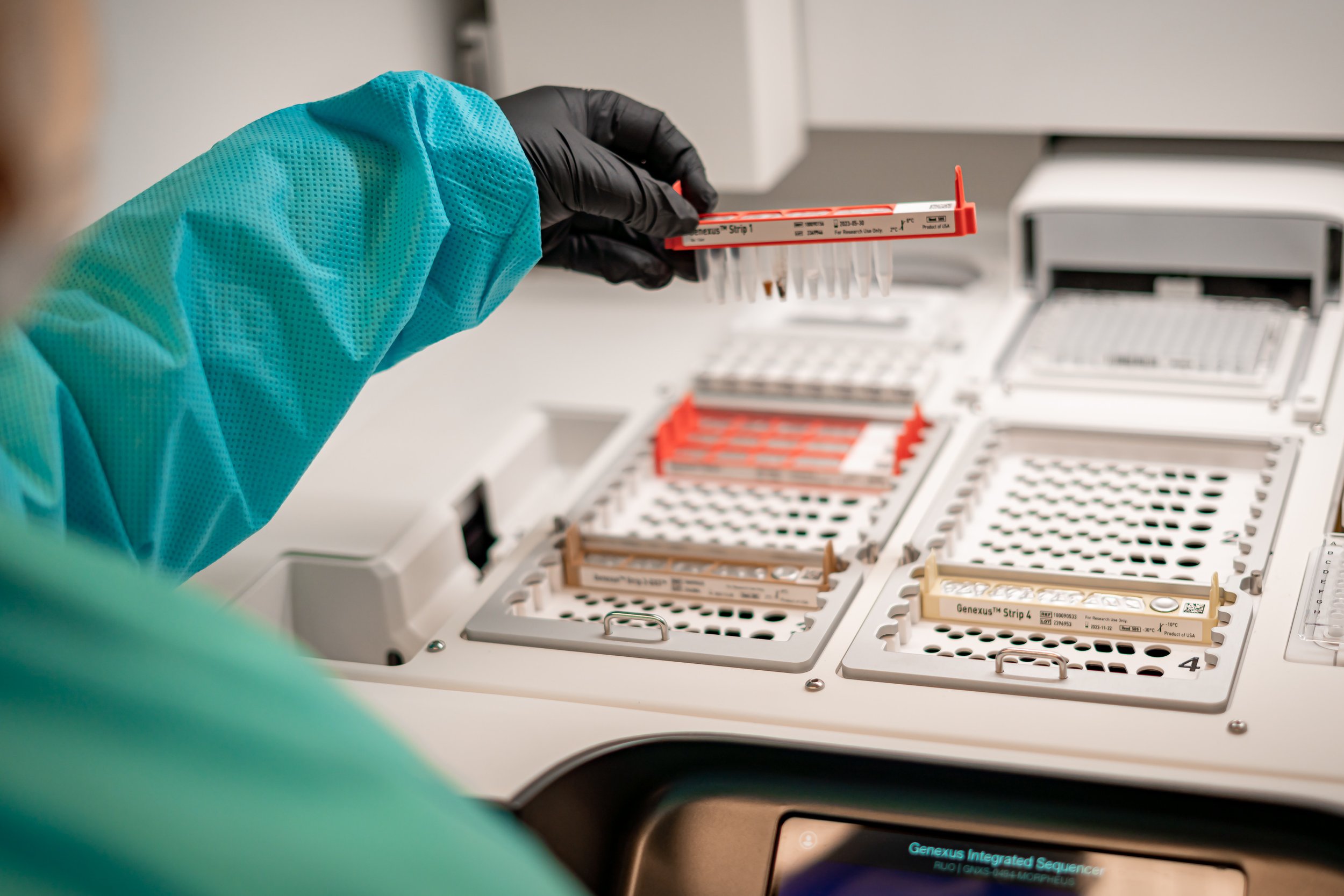
Current Pilot Studies
The overall goal of testing for additional pathogens is to improve our state’s public health surveillance and increase our readiness to respond to a myriad of public health concerns.
Influenza A/B.
Influenza kills about 12,000 to 52,000 Americans per year and has the potential to cause pandemics. The capacity to relate wastewater influenza levels to case data will not only increase the health security of New York against a potential future influenza pandemic, but also provide early warning of community spread including hospitalization forecasting, especially during flu season.
Respiratory Syncytial Virus (RSV).
RSV is an acute, seasonal respiratory virus that causes an estimated 58,000–80,000 hospitalizations among children under 5 years of age and 60,000–160,000 hospitalizations among adults aged ≥65 years in the US each year. Wastewater surveillance can help track the spread of RSV in the community, especially during the winter months when RSV is most common.
Hepatitis A.
Hepatitis A is a highly contagious liver infection caused by the hepatitis A virus. It is usually transmitted person-to-person through the fecal-oral route or consumption of contaminated food or water. Wastewater surveillance can help detect hepatitis A cases and outbreaks early and guide public health responses.
Norovirus.
Norovirus is a highly contagious virus that causes acute vomiting and diarrhea and is responsible for approximately half of all food-borne outbreaks in the US. It is often spread through contaminated food or water, direct contact with an infected person, or touching contaminated surfaces. Wastewater surveillance can help identify where norovirus is circulating in the absence of outbreaks.
Antimicrobial Resistance.
Antimicrobial Resistance (AMR) poses a significant global threat. The major concern with antimicrobial resistance is the spread of resistant bacterial populations. Wastewater surveillance of AMR will help local health officials estimate prevalence and population-level risk of antibiotic resistance, as well as identify emerging threats.
These pathogens were chosen for wastewater surveillance due to their public health burden and the potential for early detection in wastewater. The pilot wastewater surveillance will improve understanding of infectious disease risk for these pathogens.
The pilots were designed to develop understanding of how the amounts of a pathogen in wastewater relate to other measures of transmission so that the wastewater data can be interpreted for public health benefit.
By monitoring these pathogens, the NYS Wastewater Surveillance Network aims to provide early warning of outbreaks, guide public health interventions, and ultimately protect the health of New Yorkers.
